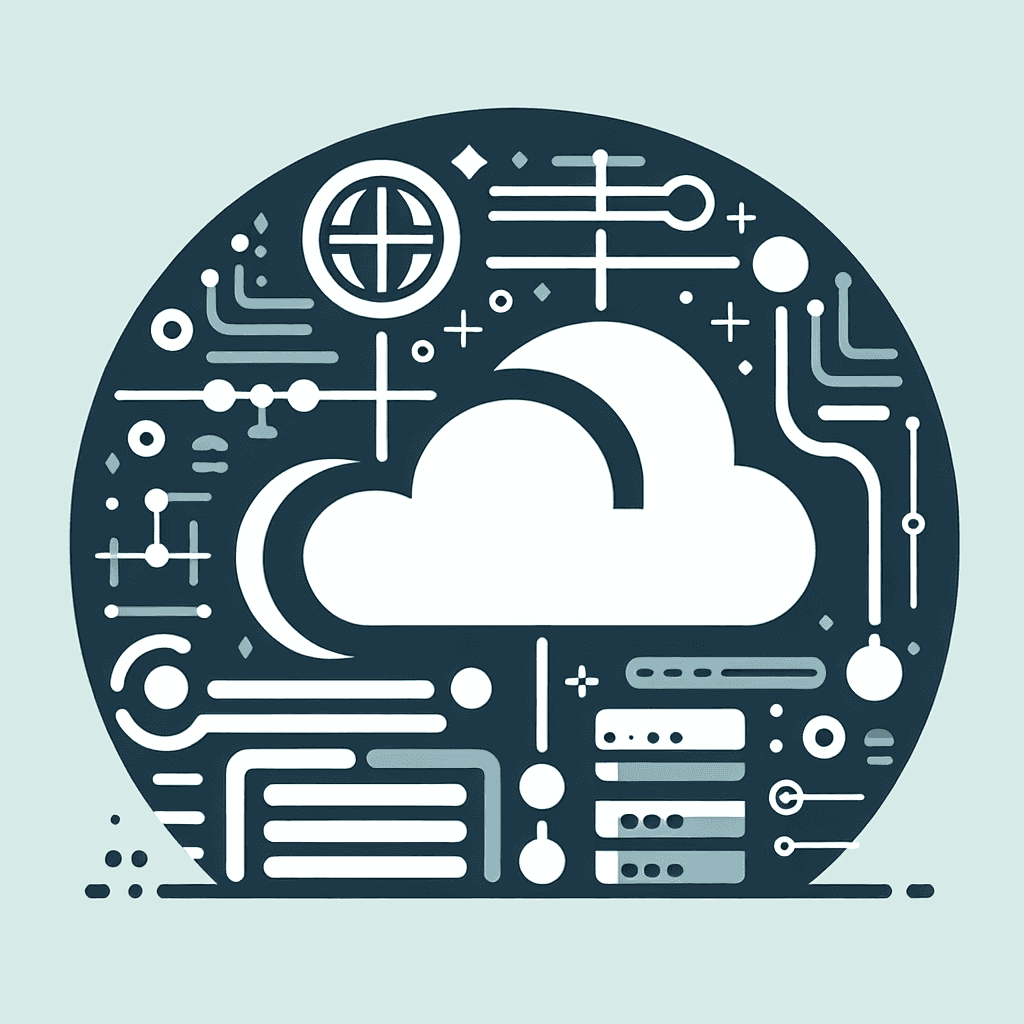Learn: Cloud Computing
Concept-focused guide for Cloud Computing (no answers revealed).
~7 min read

Overview
Welcome! In this guide, we’ll break down the essential concepts you need to confidently answer questions on AWS cloud fundamentals, especially around the shared responsibility model, acceptable use, deployment models, cloud benefits, and key AWS services. By the end, you'll not only understand what AWS is responsible for, but also how you, as a customer, play a vital role in securing and managing your cloud resources. We'll clarify common misunderstandings, outline practical strategies, and help you connect cloud concepts to real-world IT practices.
Concept-by-Concept Deep Dive
AWS Shared Responsibility Model
What it is:
The AWS Shared Responsibility Model defines which security and compliance tasks are managed by AWS and which are managed by the customer. This model is foundational for understanding cloud security and operational roles.
Components:
-
Security of the Cloud:
AWS manages and controls the infrastructure that runs AWS services. This includes hardware, software, networking, and facilities. -
Security in the Cloud:
Customers are responsible for securing everything they put in the cloud, such as their data, applications, identity and access management, and operating system settings.
Reasoning Recipe:
- Identify the Layer:
Determine whether the task involves physical infrastructure (AWS responsibility) or customer-specific configuration and data (customer responsibility). - Service Model Awareness:
For IaaS (e.g., Amazon EC2), customers manage more (OS, applications, data). For SaaS, AWS manages more.
Common Misconceptions:
- Believing AWS secures everything: In reality, AWS handles the cloud, but you secure your data and access.
- Confusing physical security (AWS) with application/user security (customer).
AWS Acceptable Use Policy
What it is:
AWS provides a policy that specifies allowed and prohibited activities within its cloud environment to protect all users and the platform itself.
Components:
-
Prohibited Activities:
Includes illegal activities, security violations, network abuse, and violations of intellectual property rights. -
Reporting Violations:
Customers are expected to report or avoid these activities.
Reasoning Recipe:
- Check Official Documentation:
When in doubt, refer to the official Acceptable Use Policy. - Distinguish Between Allowed and Prohibited:
Activities involving harm, unauthorized access, and illegal content are always prohibited.
Common Misconceptions:
- Assuming all customer activities are permitted as long as they're legal in their jurisdiction; AWS can have stricter rules.
Cloud Service Models and Responsibilities
What it is:
Cloud service models—Infrastructure as a Service (IaaS), Platform as a Service (PaaS), and Software as a Service (SaaS)—define how responsibilities are divided between AWS and the customer.
Key Subtopics:
- IaaS (e.g., EC2):
Customer manages OS, apps, and data. AWS manages physical servers, networking, and virtualization. - PaaS (e.g., AWS Elastic Beanstalk):
Customer manages data and application code. AWS manages runtime, OS, and infrastructure. - SaaS (e.g., Amazon WorkMail):
AWS manages nearly everything; customer focuses on data and user access.
Reasoning Recipe:
- Identify the Service Model:
Read the service description to determine the boundary of customer vs AWS responsibility. - Map the Responsibilities:
For each layer (network, OS, app, data), assign AWS or customer.
Common Misconceptions:
- Overestimating AWS’s control in IaaS; customers must still secure their systems.
AWS Service Features and Benefits
What it is:
AWS offers a range of services with built-in features that provide scalability, high availability, durability, and cost efficiency.
Key Subtopics:
- Storage (Amazon S3):
Provides scalable, highly durable object storage with features like lifecycle management, versioning, and global access. - Compute (EC2, Lambda, ECS):
Offers scalable compute resources, with some services (e.g., ECS, Lambda) supporting containerized or serverless deployments. - Auto Scaling and Load Balancing:
Enable applications to automatically adjust resources based on load.
🔒 Continue Reading with Premium
Unlock the full vlog content, professor narration, and all additional sections with a one-time premium upgrade.
One-time payment • Lifetime access • Support development
Join us to receive notifications about our new vlogs/quizzes by subscribing here!